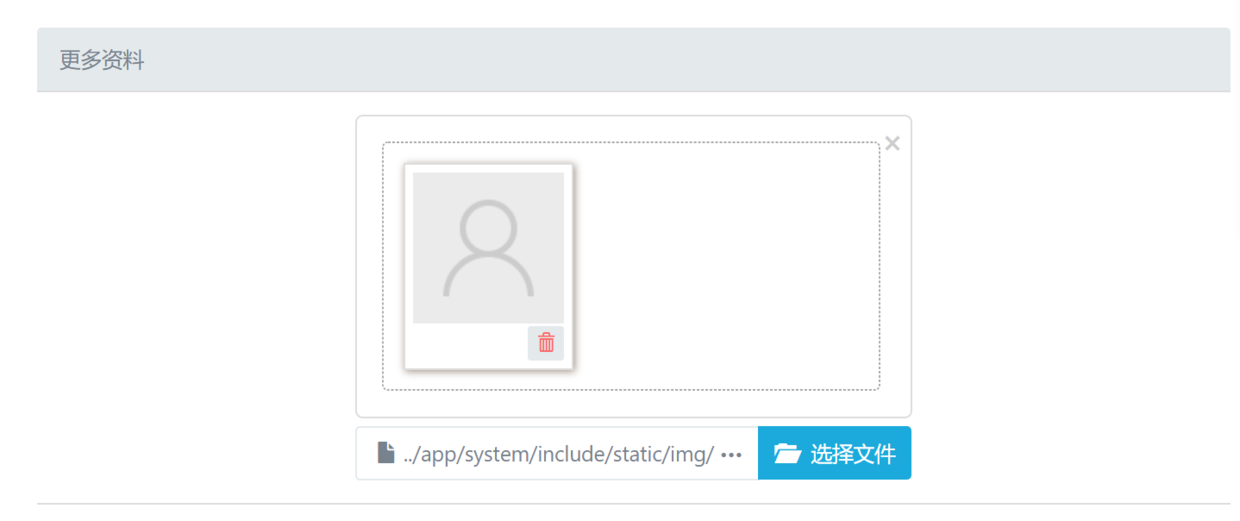学习学习学习
文件写入
在/app/system/include/class/web.class.php中的__destruct()存在任意文件写入
| |
从缓冲区中获取内容,然后从请求的html_filename获取文件名,验证metinfonow与数据库中的met_member_force是否一致,若不一致则直接输出缓冲区中的内容,一致则将缓冲区中内容写入html_filename提供的文件名中。可以看到,这里没有任何限制文件内容和文件后缀的代码。
如何调用
经过不懈的寻找,我们发现在个人中心的头像上传处调用了web类


app/system/include/module/uploadify.class.php
| |
可以看到uploadify这个类继承了web类,虽然这里限制了文件上传的后缀,但是其报错信息是在缓冲区中,我们正好可以利用这个报错,来控制将来要写入文件的内容。
 这样就将
这样就将phpinfo()写入到缓冲区了。
接下来就是如何获取数据库中的met_member_force了
sql注入
值得一提的是,这个cms将单引号过滤了,并且几乎所有的sql语句的参数都是由单引号包裹。
app/system/include/function/common.func.php
| |
依旧是经过我们不懈的寻找,在app/system/message/web/message.class.php中的checktime()中,发现了一处没有被单引号包裹并且参数可控的sql语句
$met_fd_time=DB::get_one("select * from {$_M[table][config]} where lang ='{$_M[form][lang]}' and name= 'met_fd_time' and columnid = {$_M[form][id]}");
虽然只能盲注,但是又总是比没有好。
于是经过我们不懈的努力,waf绕过了
message/?action=add&id=44 or name=0x6d65745f6d656d6265725f666f726365 and substr(value,1,1)=0x66&lang=cn
POC
这样一个完整的调用链就完成了,首先通过sql注入获得met_member_force,再利用文件后缀不合法的报错将php代码写入缓冲区,在web类销毁的时候成功将代码写入我们提供的文件名中
密码保护2333

最后
为了方便验证,所以关闭了前台验证码。如果有验证码,可以考虑机器学习或者接入打码平台